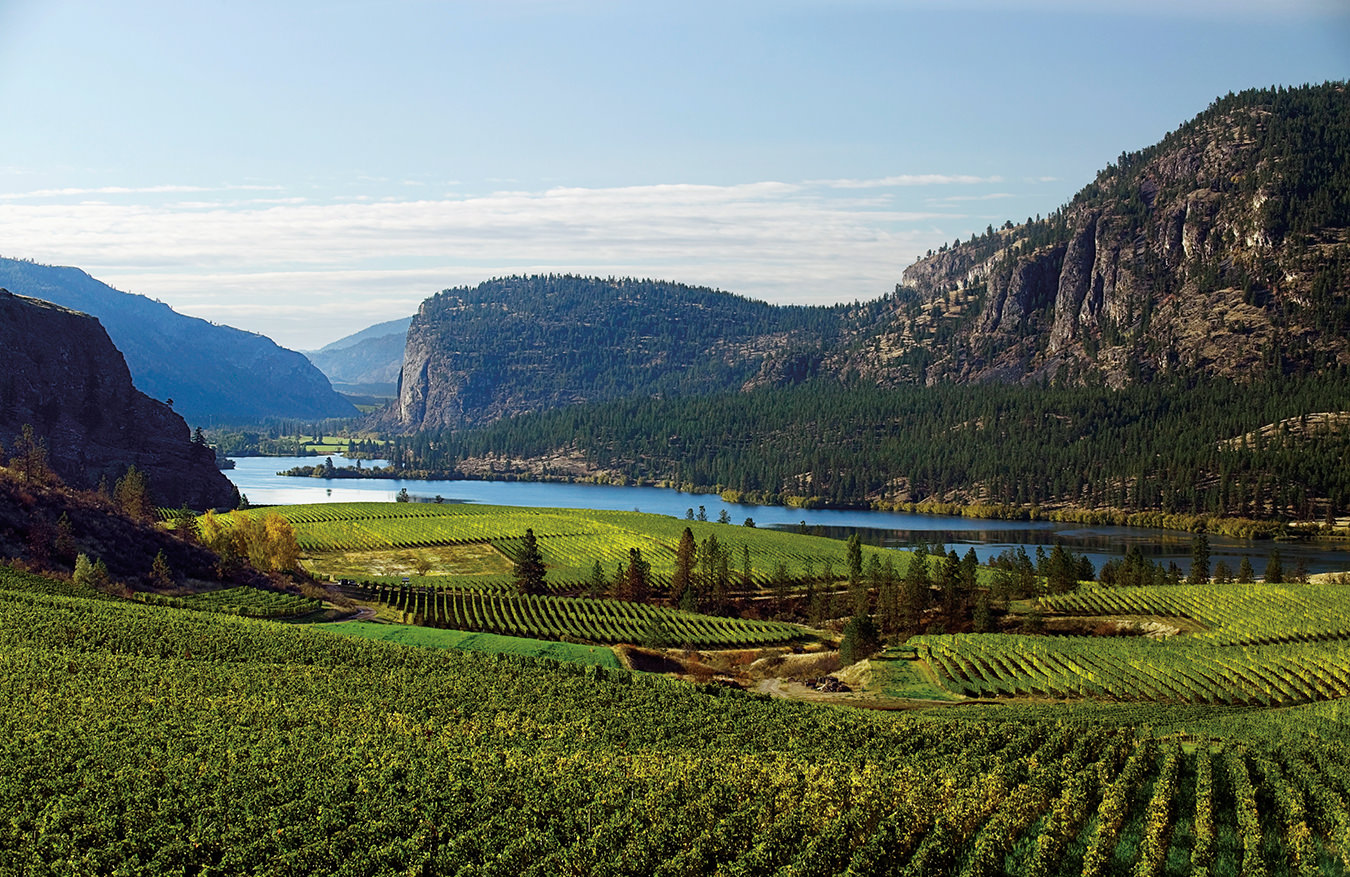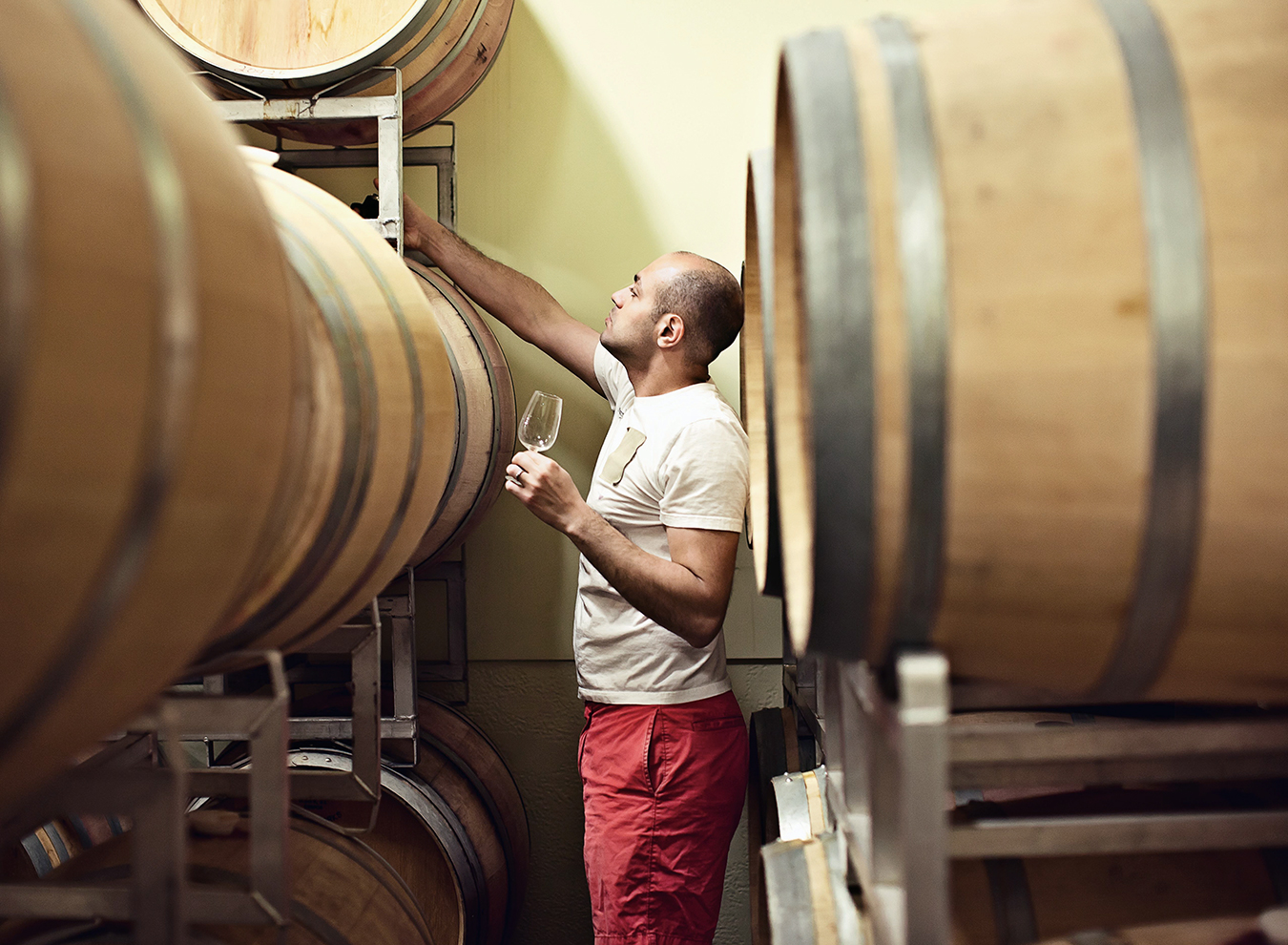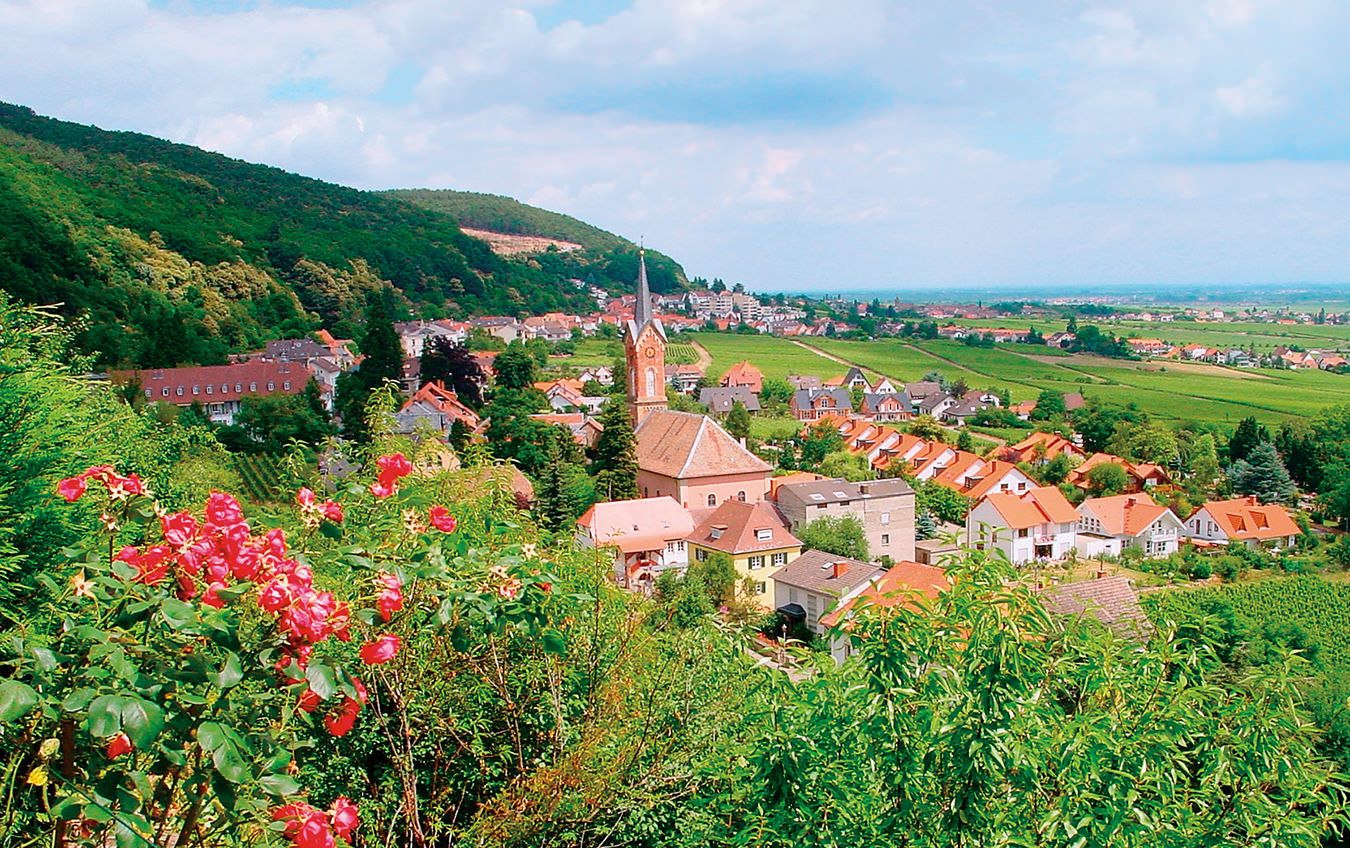Vancouver Island Wines Are in the Spotlight
A wine region with a distinctly cool character fuelled by a vibrant community of winemakers.

With Okanagan Valley’s wine production drastically reduced by cold weather the past two winters, British Columbia’s other wine regions have a chance to shine. Although they can’t make up for the shortfall in Okanagan Valley, which has more than 85 per cent of B.C.’s vineyard area, these other regions produce excellent wine that is well worth seeking out. Vancouver Island has been making strides already, and evidence that its wines have been getting noticed is the sale of two wineries to Californians known for their savvy investments in more than 40 wineries in California, Oregon, Australia, Italy, and elsewhere. In 2020, members of the Jackson Family group bought Vancouver Island’s Unsworth Vineyards, and in 2022, they purchased nearby Blue Grouse Estate Winery.
Foreign investment isn’t needed to validate any Canadian wine region, but it helps, and it’s rare, so these purchases have drawn attention to Vancouver Island’s wines and its wide range of grape varieties and styles. Many of the wines are made from Vitis vinifera grape varieties, especially pinot noir, pinot gris, and chardonnay, that are widely considered the best for quality wines. Many other Vancouver Island wines are made from hybrid varieties—maréchal foch and others—that until recently were generally dismissed as inferior. These hybrid varieties are being planted in wine regions around the world not only because they make good-quality wine but also because they are generally more tolerant of cold and vine diseases—valuable qualities in the volatile weather conditions that come with climate change.
Vancouver Island can capitalize on this progressive trend while still catering to consumers with more conservative, vinifera preferences. And on the Island, it’s not a question of either-or, because some wines are blends of vinifera and hybrid varieties. Alderlea Vineyards Matrix 2020, a blend of cabernet foch, merlot, and cabernet libre, is a lovely red that delivers plush, ripe fruit, well-measured acid, and soft tannins.
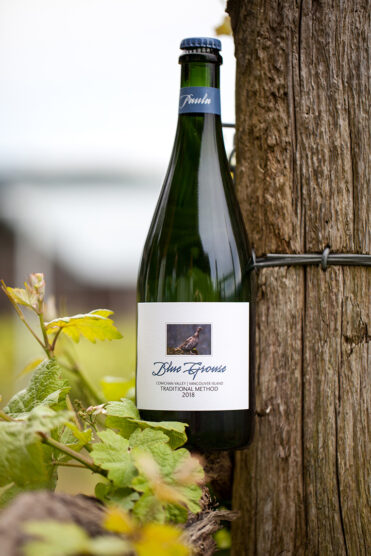

With almost 30 wineries, the southern part of the east coast of Vancouver Island is one of British Columbia’s official wine regions. It includes the Cowichan Valley, about an hour’s drive from Victoria, and in and around the Comox Valley, another two hours’ drive north. A few are closer to Victoria. There is one designated subregion: Cowichan Valley, where about half the island’s wineries, including Unsworth and Blue Grouse, are located. Cowichan Valley is protected from the rainfall of the west coast by mountains, and it is notably warmer than other parts of the Island. (Cowichan means “warm land” in the language of the Salish peoples.) But it’s still a cool region in vine-growing terms, and producers are making wines with bright acidity. It’s an increasingly popular style among consumers, and the vibrant acidity is almost addictive. Stephanie Clarke, winemaker at Beaufort Vineyard and Estate Winery in Comox Valley, says she has “come to appreciate high acid. When I taste wines from other places, I think, ‘Where is it?’ ”
High acidity lends itself to sparkling wines, and virtually all Vancouver Island’s wineries make at least one. A notable example is Venturi Schulze Brut Naturel 2016 (the 24th consecutive vintage), made from pinot auxerrois. It’s a creamy textured wine with sculpted flavours, vibrant acidity, and fine bubbles. (This winery also makes luscious balsamic vinegar.) Traditional Method sparkling wine was first made on Vancouver Island in 1990 by Vignetti Zanatta, and it is still the Cowichan Valley producer’s specialty. Zanatta Glenora Fantasia Brut (the name of the 1990 wine) from the 2021 harvest is made from the cayuga variety, and it delivers apple-driven flavours paired with lively, clean acidity. Zanatta Tradizionale Brut—which is made more conventionally from pinot noir and chardonnay—is an elegant wine with well-defined fruit, juicy acidity, and fine bubbles.
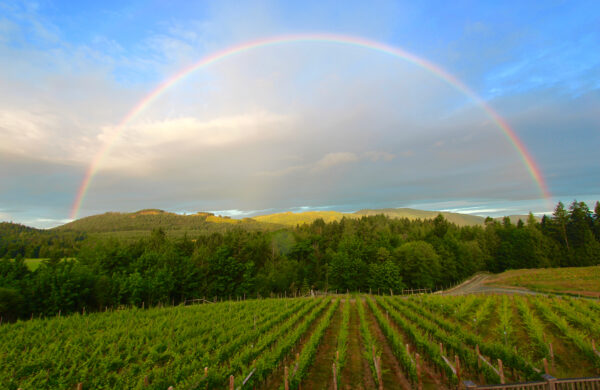
Among the still wines, the whites tend to be taut and bright, with well-defined flavours. Blue Grouse Pinot Gris 2022 is an oak-matured beauty with rich fruit and vibrant acidity, while Beaufort Ortega Reserve 2022 has some lees-aging that adds palate weight to focused fruit and juicy texture.
Many wineries make pinot noir as their top red, although it can be difficult to ripen in some areas. The style is generally light in colour, with layered, nuanced flavours and bright acidity in balance. Alderlea Pinot Noir 2021 delivers gorgeous cherry flavours and, again, bright acidity, while Unsworth Saison Vineyard Pinot Noir 2021 shows richer fruit and very good tannic structure. Averill Creek’s Joue Rosé 2022 is unusually robust. Made from maréchal foch, pinot noir, pinot gris, and gewürztraminer, it presents nuanced red berry flavours and lovely acidity.
Most Vancouver Island wineries are family-owned and produce small volumes of wine, each with its own character. At Cowichan Valley’s Emandare Vineyard, where organically farmed vines thrive on a rare south-facing slope, co-owner, winemaker, and avid golfer Mike Nierychlo drives from a tee outside his winery to a green 155 yards down a slope among the vines. In his small winery, Nierychlo makes impressive wines that include a delicious sauvignon blanc, rarely planted in the region. Barrel-fermented and aged six months on lees, this wine has pungent, layered flavours with finely calibrated, bright acidity.
The range of very good to excellent wines Vancouver Island wineries produce is as varied as the local landscapes. The zippy, taut whites—sparkling and still—echo the dramatic, steep mountainsides, while the toned-down, fresh reds evoke calm pastoral scenes. Vancouver Island is a wine region you can drink in using all your senses.


